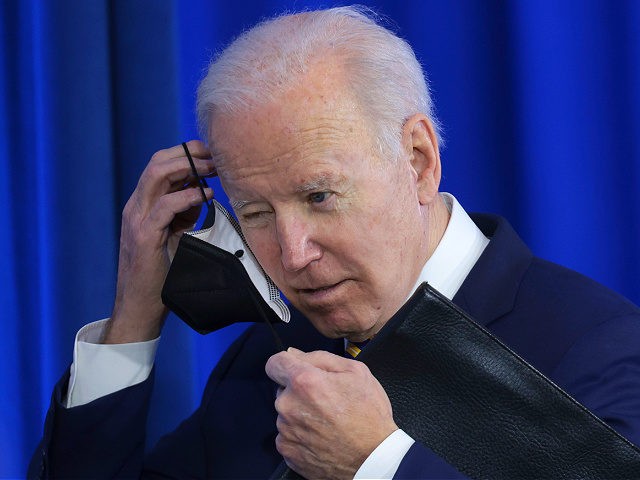In a sign that inflationary pressures are once again on the rise, U.S. shoppers increased their retail spending by 3.8 percent in January, data from the Commerce Department showed Wednesday.
This was much higher than expected. Economists had penciled in a two percent rise in sales.
Excluding autos and gasoline, retail sales were still up by 3.8 percent, far above the 0.6 percent gain expected.
The retail sales numbers are not adjusted for inflation. So rising prices, so long as consumers are willing and able to pay, can boost the figures even if the amount of products being purchased is not rising.
Consumer inflation rose at its fastest pace in nearly 40 years last month. Consumer prices rose 0.6 percent from the prior month and 7.5 percent from the year ago level.
Apart from restaurant sales, the retail sales figures mostly account for the sales of goods. Prices of goods excluding food and energy rose one percent in January and were up 11.7 percent from a year ago. This suggests that consumers continue to be willing to absorb the high prices and are even increasing purchases despite inflation.
Consumer sales disappointed in December, likely because merchants and analysts had misread early holiday shopping as a sign of consumer strength. Instead, sales in October appear to have subtracted from sales during the traditional Christmas shopping season as consumers shopped early out of fear of shortages due to snarled supply chains and attempted to avoid rising prices. On Wednesday, the government revised December sales from a decline of 1.9 percent to a drop of 2.5 percent. Excluding autos and gasoline, sales fell by 3.2 percent, worse than the 2.5 percent reported in the preliminary report.
The stronger-than-expected sales report for January is likely a sign that inflation will continue to run hot. There was little sign in the month that consumers were pulling back on purchases because of high prices.
Sales at restaurants and bars declined 0.9 percent in January, likely as a result of the sharp rise in Covid-19 infections in the month. Compared with a year ago, however, sales were up 27 percent. Similarly, sales at gas stations fell.
Sales at motor vehicles and parts stores jumped 5.7 percent. Due to production delays, sales of autos have been below normal levels and are likely to rise sharply for several months.
Retail sales elsewhere were up strongly. Sales at general merchandise stores climbed 3.6 percent, while department stores saw sales jump 9.2 percent. Sales at home improvement and garden centers rose 4.5 percent.
Sales at furniture and home furnishings stores increased by 7.2 percent but are just up by 2.7 percent compared with a year ago, perhaps indicating some rejection of high prices by consumers and also some of the effect of last year’s unusual holiday shopping patterns. Furniture and bedding prices rose 2.4 percent in January, according to the Consumer Price Index figures released last week. Compared with a year ago, prices are up 17 percent.
Online sales surged 14.5 percent but this is partly playing catch up after disappointing sales last year. Compared with a year ago, online sales are up 8.4 percent

COMMENTS
Please let us know if you're having issues with commenting.